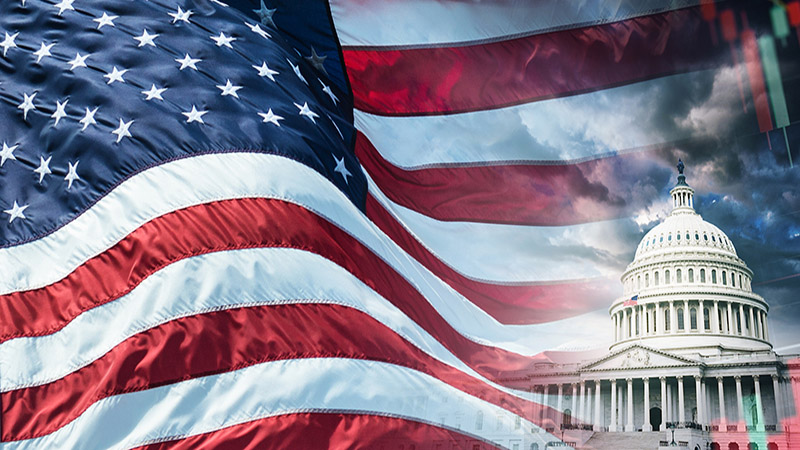The US consumer price index (CPI) rose 2.9% year-on-year for July, a reading that sat in line with market expectations.
The data comes in the week following a higher than anticipated unemployment reading, which led to a selloff of US tech stocks and a plunge for Japan’s Nikkei index. The market movement called into question the Federal Reserve’s decision to maintain rates at 5.25% and 5.5% on 1 August despite the CPI inflation reading of 3% growth for the month of June.
While the Fed opted out of an August cut, Jerome Powell acknowledged movement towards the US’s 2% inflation goal and said that inflation and unemployment data “continue to move into better balance”, which many took as a hint for a September cut. The next meeting of the Federal Reserve is scheduled to take place across 17 and 18 September, with two more meetings this year in November and December.
Seema Shah, chief global strategist for Principal Asset Management, said: “Today’s CPI print removes any lingering inflation obstacles that may have been preventing the Fed from starting the rate cutting cycle in September. Yet, the number also suggests limited urgency for a 50 basis point cut. With supercore inflation up from last month and a sustained deceleration in shelter inflation still elusive, a gradual reduction in policy rates may be all the Fed can provide at this time – and all that it needs to deliver. With the broad economic picture looking more mid-cycle adjustment than recession, aggressive Fed easing may not be required.”
The US reading comes on the same day as the UK’s inflation reading, which ticked up from its 2% goal to 2.2%. The reading was in line with market expectations, but Julian Howard, chief multi-asset investment strategist at GAM Investments, said the UK bounce following its decision to cut rates could be “a more immediate note of caution for the US”.
While Howard called a September cut by the Fed “all but certain”, he said going forward, cuts would be made on a reading-to-reading basis instead of setting out a longer trajectory.
“While the broad disinflationary trend is likely to be welcomed by consumers showing signs of belt-tightening, the inflation figures do technically remain above the Fed’s 2% target rate and talk of a full 0.5% cut next month seems premature. Any policy easing by the Fed will carry with it the assumption that inflation will get down to 2% in time and so has a pre-emptive quality about it,” Howard said.
“This leaves the Fed – and indeed the market – hostage to fortune. Late 2023 demonstrated that certainty about the inflation path can be quickly undone by an un-cooperative economy. Today’s CPI print out of the UK perhaps sounded a more immediate note of caution for the US central bank. While the UK’s higher-than-2% figure, was to an extent expected, it is still slightly jarring when inflation comes in higher than the target after a recent rate cut.”
According to the US Bureau of Labour Statistics, near 90% of the increase can be contributed to shelter, which has grown by 5.1% in the past year and 0.4% in July. Yet David Goebel, investment strategist at Evelyn Partners, said even this number is “consistent with prior readings”.
“Looking at house and condominium prices, which tend to lead the shelter component, there is plenty of room for shelter to fall in the coming months, dragging headline inflation down with it,” Goebel said.
“The so-called ‘supercore’ inflation, which excludes food, energy and shelter elements, rose 0.2% on the month which is moderate but higher than the deflationary readings we saw on this measure in both May and June. The July US jobs report, which was published on 2 August, caused a big repricing in the likely path for US interest rates. Expectations for the Fed meeting on the 18 September quickly moved to a 50bps cut, before retreating again to settle on being essentially undecided between 25 and 50 bps move.”










